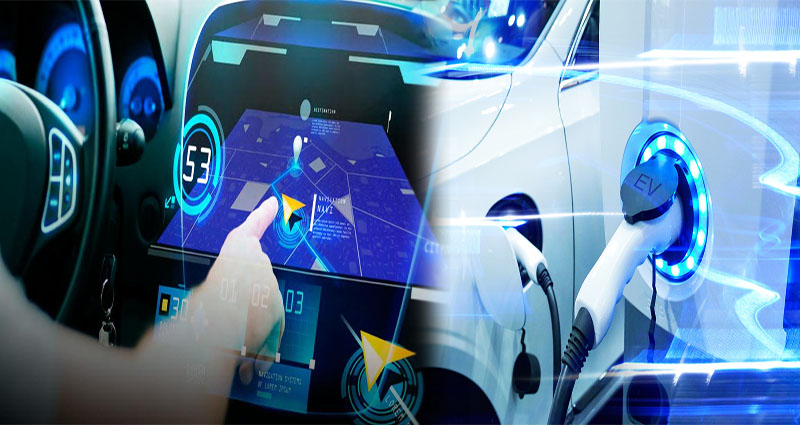The automotive industry is undergoing a technological revolution, and electric vehicles (EVs) are at the forefront of this transformation. One key aspect of this revolution is the exploration of seamless integration with smart infrastructure, with the aim of creating a more connected and convenient driving experience. By leveraging advancements in smart technology and infrastructure, EVs are poised to revolutionize the way we think about transportation.
Smart Infrastructure for EVs
Smart infrastructure refers to the interconnected network of devices, sensors, and communication systems that enable seamless communication between vehicles, infrastructure, and the electric grid. With the advent of EVs, smart infrastructure has become even more critical. It allows EVs to communicate with charging stations, energy providers, traffic management systems, and more. This integration opens up a world of possibilities for EV owners, making the charging process more efficient, improving navigation systems, and providing real-time updates on traffic and road conditions.
Enhanced Charging Experience
One of the primary advantages of integrating EVs with smart infrastructure is the improved charging experience. Smart charging technology allows communication between the vehicle and the charging station, enabling features such as automatic authentication, real-time charging status updates, and optimal charging scheduling. With smart infrastructure, EV owners can easily locate available charging stations, choose the most convenient time to charge, and receive notifications when charging is complete. This seamless integration not only improves the efficiency of charging but also eliminates the anxieties associated with range anxiety.
Optimized Routing and Navigation
Smart infrastructure also enhances the routing and navigation capabilities of EVs. By integrating with real-time traffic management systems, EVs can receive up-to-date information on traffic congestion, road closures, and alternate routes. This not only saves time and frustration for drivers but also helps optimize energy consumption by suggesting the most efficient routes. Additionally, smart infrastructure can take into account the vehicle’s battery level and available charging stations, ensuring that drivers can reach their destinations without worrying about running out of battery power.
Grid Integration and Energy Management
Integrating EVs with smart infrastructure allows for better grid management and energy optimization. Through bidirectional communication, EVs can act as smart grid assets, transferring energy back to the grid during peak periods or when renewable energy sources are generating excess power. This concept, known as vehicle-to-grid (V2G), promotes a more sustainable and efficient energy ecosystem. Smart infrastructure enables the coordination of energy demand and supply, making the charging process more cost-effective and environmentally friendly.
The Future of Connected Driving
As we explore seamless integration with smart infrastructure, the future of connected driving holds numerous possibilities. Through the integration of EVs with smart infrastructure, we can expect to see advancements in autonomous driving systems, improved vehicle-to-vehicle communication, and enhanced safety features. Additionally, the integration of data from EVs and smart infrastructure can provide valuable insights into traffic patterns, energy usage, and environmental impact, enabling policymakers to make informed decisions and develop sustainable transportation solutions.
The exploration of seamless integration with smart infrastructure is a crucial step in unlocking the full potential of electric vehicles. By connecting EVs to charging networks, traffic management systems, and the electric grid, we can create a more efficient, convenient, and sustainable transportation system. As technology continues to advance, the vision of a fully connected and integrated driving experience is becoming a reality. Electric vehicles are paving the way towards a future where vehicles are not just means of transportation but integral components of a smart and interconnected infrastructure.





